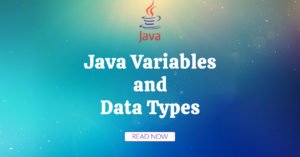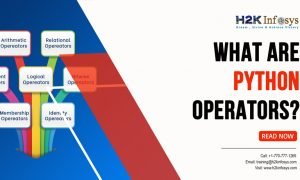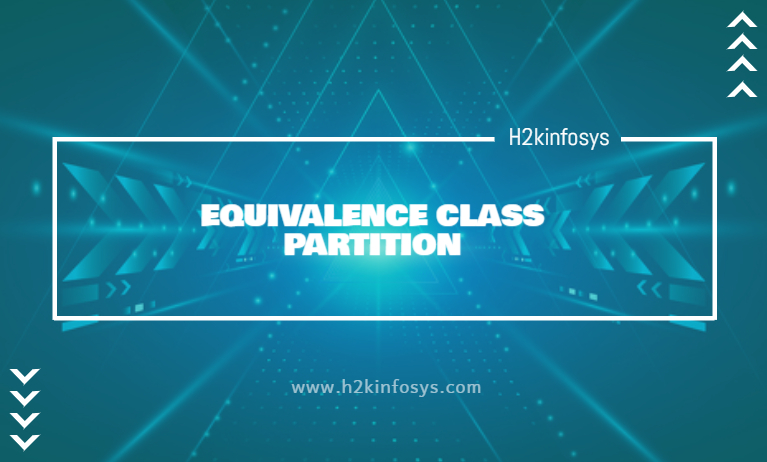Azure Synapse Analytics is a powerful cloud-based data integration service from Microsoft that enables organizations to analyze large amounts of data and derive actionable insights. If you’re preparing for an interview involving Azure Synapse Analytics, it’s crucial to understand key concepts and be able to articulate your knowledge effectively. In this blog post, we’ll cover some of the top Azure Synapse Analytics interview questions and provide detailed answers to help you prepare.
1. What is Azure Synapse Analytics?
Answer:
Azure Synapse Analytics is an integrated analytics service from Microsoft Azure that combines big data and data warehousing capabilities. It allows organizations to ingest, store, and analyze data from various sources, providing insights that drive business decisions. It integrates big data and data warehousing into one unified experience, leveraging both on-demand and provisioned query capabilities. Key components include Synapse Studio, Synapse SQL, Apache Spark, and integrated Power BI.
2. Can you explain the architecture of Azure Synapse Analytics?
Answer:
The architecture of Azure Synapse Analytics is designed to support both on-demand and provisioned data processing. It consists of several key components:
- Synapse Studio: The unified workspace for data engineers, data scientists, and business analysts to manage data integration, exploration, and visualization.
- Synapse SQL: Provides capabilities for data warehousing with two modes: provisioned and on-demand. Provisioned SQL pools are used for large-scale data warehousing, while on-demand SQL pools allow querying data directly from storage.
- Apache Spark Pools: Supports big data processing and analytics using Spark clusters. This is ideal for complex data transformations and machine learning tasks.
- Data Integration: Facilitates data ingestion and orchestration through Synapse Pipelines, which integrates with various data sources.
- Integrated Power BI: Allows for interactive data visualization and reporting within Synapse Studio.
3. What is the difference between On-Demand SQL Pool and Provisioned SQL Pool?
Answer:
The primary difference between On-Demand SQL Pool and Provisioned SQL Pool lies in their usage and scalability:
- On-Demand SQL Pool: Allows users to query data stored in Azure Data Lake without requiring a dedicated resource allocation. It is best for ad-hoc queries and does not incur costs when not in use. It scales automatically based on query demand.
- Provisioned SQL Pool: Provides a dedicated set of resources for running data warehousing workloads. It is optimized for performance and can handle large-scale data operations. Costs are incurred based on the provisioned resources and are suitable for predictable, high-throughput workloads.
4. How does Azure Synapse Analytics handle data integration?
Answer:
Azure Synapse Analytics handles data integration through Synapse Pipelines, which is a data integration service built on Azure Data Factory. It enables users to:
- Ingest Data: Extract data from various sources, including relational databases, non-relational data stores, and cloud-based services.
- Transform Data: Use data flows and data wrangling to clean and transform data.
- Orchestrate Workflows: Schedule and manage data workflows, including ETL (Extract, Transform, Load) processes.
- Data Integration Runtime: Utilizes Azure Integration Runtime for data movement and transformation tasks.
5. What are Synapse SQL Workspaces and how are they used?
Answer:
Synapse SQL Workspaces are the environments within Azure Synapse Analytics where users can perform data querying and management tasks. They include:
- Provisioned SQL Pools: Used for large-scale, high-performance data warehousing. Users can create and manage databases, tables, and indexes, and run complex queries.
- On-Demand SQL Pools: Allow users to query data directly from Azure Data Lake without creating a dedicated data warehouse. It is ideal for interactive and exploratory queries.
6. Can you explain the concept of “Dedicated SQL Pool” in Azure Synapse Analytics?
Answer:
A Dedicated SQL Pool, previously known as SQL Data Warehouse, is a provisioned data processing environment within Azure Synapse Analytics designed for high-performance data warehousing. It provides:
- Massively Parallel Processing (MPP): Distributes data and queries across multiple nodes to enhance performance and scalability.
- Elastic Scalability: Allows users to scale resources up or down based on workload requirements.
- Data Distribution: Supports various distribution methods like hash, round-robin, and replicated to optimize query performance.
7. What is a Synapse Spark Pool, and when would you use it?
Answer:
A Synapse Spark Pool is a component within Azure Synapse Analytics that provides big data processing capabilities using Apache Spark. It is used for:
- Data Processing: Handling large-scale data transformations and processing tasks.
- Machine Learning: Running machine learning algorithms and experiments.
- Advanced Analytics: Performing complex data analytics that goes beyond traditional SQL capabilities.
8. How does Azure Synapse Analytics integrate with Power BI?
Answer:
Azure Synapse Analytics integrates with Power BI to provide advanced data visualization and reporting capabilities. This integration allows users to:
- Create Reports and Dashboards: Directly connect to Synapse SQL pools and Spark pools to build interactive reports and dashboards.
- Use Data from Synapse Studio: Leverage data prepared and transformed in Synapse Studio for visualizations in Power BI.
- Embedded Analytics: Embed Power BI reports within Synapse Studio for a seamless analytical experience.
9. What is Data Lake Storage Gen2, and how does it work with Azure Synapse Analytics?
Answer:
Data Lake Storage Gen2 is an advanced storage service built on Azure Blob Storage that is optimized for big data analytics. It provides:
- Hierarchical Namespace: Supports file and folder organization, making it easier to manage large datasets.
- Scalability and Performance: Optimized for high-performance and scalable data processing.
- Integration with Synapse: Data stored in Data Lake Storage Gen2 can be directly queried using Synapse SQL On-Demand pools and processed using Synapse Spark pools.
10. What is the role of Synapse Pipelines in data workflows?
Answer:
Synapse Pipelines is the data integration component within Azure Synapse Analytics, used to build and manage data workflows. It plays a crucial role in:
- Data Ingestion: Extracting data from various sources and loading it into data storage solutions.
- Data Transformation: Applying data transformations, cleaning, and enrichment tasks.
- Workflow Orchestration: Managing the execution and scheduling of data processes and ETL workflows.
11. How does Azure Synapse Analytics ensure data security and compliance?
Answer:
Azure Synapse Analytics ensures data security and compliance through several features:
- Data Encryption: Encrypts data both in transit and at rest using industry-standard encryption protocols.
- Access Control: Implements role-based access control (RBAC) and Azure Active Directory (AAD) integration for managing user access and permissions.
- Compliance Certifications: Meets various compliance standards and certifications, including GDPR, HIPAA, and ISO/IEC 27001.
12. What is the purpose of a Materialized View in Synapse SQL?
Answer:
A Materialized View in Synapse SQL is a pre-computed view that stores the results of a query physically on disk. Its purpose is to:
- Improve Query Performance: Speed up query performance by avoiding repetitive calculations and aggregations.
- Optimize Data Retrieval: Provide faster access to aggregated and summarized data.
13. Explain the concept of “Data Distribution” in Azure Synapse Analytics.
Answer:
Data Distribution in Azure Synapse Analytics involves spreading data across multiple nodes to improve query performance and scalability. It includes:
- Hash Distribution: Distributes rows based on a hash function to balance data across nodes.
- Round-Robin Distribution: Distributes rows evenly across nodes without considering the data values.
- Replicated Distribution: Replicates small tables across all nodes to improve join performance.
14. How do you optimize performance in Azure Synapse Analytics?
Answer:
Performance optimization in Azure Synapse Analytics can be achieved through several strategies:
- Indexing: Create appropriate indexes to speed up query execution.
- Partitioning: Partition large tables to enhance query performance and data management.
- Data Distribution: Choose the right data distribution method for balanced workload processing.
- Query Optimization: Optimize queries by avoiding complex joins, using appropriate filters, and leveraging materialized views.
15. What are some best practices for managing costs in Azure Synapse Analytics?
Answer:
Managing costs in Azure Synapse Analytics involves:
- Resource Scaling: Scale resources based on workload requirements to avoid over-provisioning.
- On-Demand Queries: Use on-demand SQL pools for ad-hoc queries to reduce costs associated with provisioned resources.
- Monitor Usage: Regularly monitor usage and performance metrics to identify and address cost inefficiencies.
- Optimize Workloads: Optimize data processing and querying to minimize resource consumption.


























